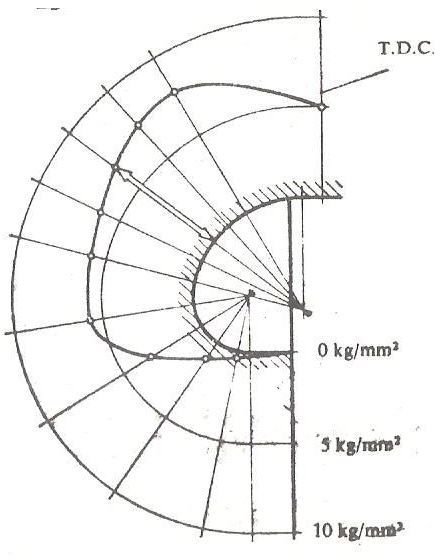Marine Diesel Engines: Role and Purpose of the Crankshaft
Introduction
We learnt about the foundation of the marine diesel engines which is the bedplate in a previous article. Now we will learn about another important component namely the crankshaft. For those of you who are not well versed with engineering let me explain in a simple manner that the crankshaft is a component which converts the up and down movement of the pistons of the cylinder into continuous rotary motion which is transmitted further to move the propeller shaft in case of marine diesel engines (or transmitted to the wheels in case of automobiles).
Forces on the Crankshaft
Due to its nature of operation, there are several types of forces which come to act upon the crankshaft of engines used in marine propulsion. You will get a better idea about these forces if you take a close look at the image shown below which shows the various twisting and bending forces.
As can be seen from the figure, these forces are due to a variety of factors including but not limited to the weight of the pistons, combustion loads, the axial load from the propeller which is immersed in the sea, compressive loads of webs on journals and so forth.
Most of these forces have alternating patterns which gives rise to fatigue and the materials used for construction need to have substantial Ultimate Tensile Strength. Apart from that the other properties required in the material of a crankshaft are wear resistance, tensile strength, and ductility.
The material for construction also depends on the speed on the engine and slow speed marine diesel engines have crankshafts fabricated out of plain carbon steel with a percentage of carbon lying between 0.2 & 0.4%, while the alloy steels are used for engines having a relatively higher speed.
A stress diagram of a particular crankshaft would also help to show the stresses in a web fillet in a Sulzer RND 10 crankshaft as follows

Fabrication of Crankshaft
Crankshaft manufacture is a complex and elaborate process and the exact procedure would vary with the type and size of the crankshaft under consideration but a few things would be good to know
-
Fully-built Crankshafts are those in which all the various components are shrink-fitted after separate fabrication
-
Semi-built Crankshafts are those in which several parts such as crank-throw and pins are case out of a single piece.
-
Welded Crankshafts are those in which the crank-shaft is made by welding case web crank pins and half journal units.
-
Flanged Coupling Crankshafts are made out in two pieces joined together by flanged couplings
There is a lot more to learn about marine diesel engine crankshafts which we will study in the next article such as taking crankshaft deflections.
References
Image of Forces on Crankshaft - Marine Engineering Knowledge by Brian
Image of Stresses on Crankshaft - Sanyal, D.K. (1998) Principles & Practice of Marine Diesel Engines. Mumbai: Bhandarkar Publications.
